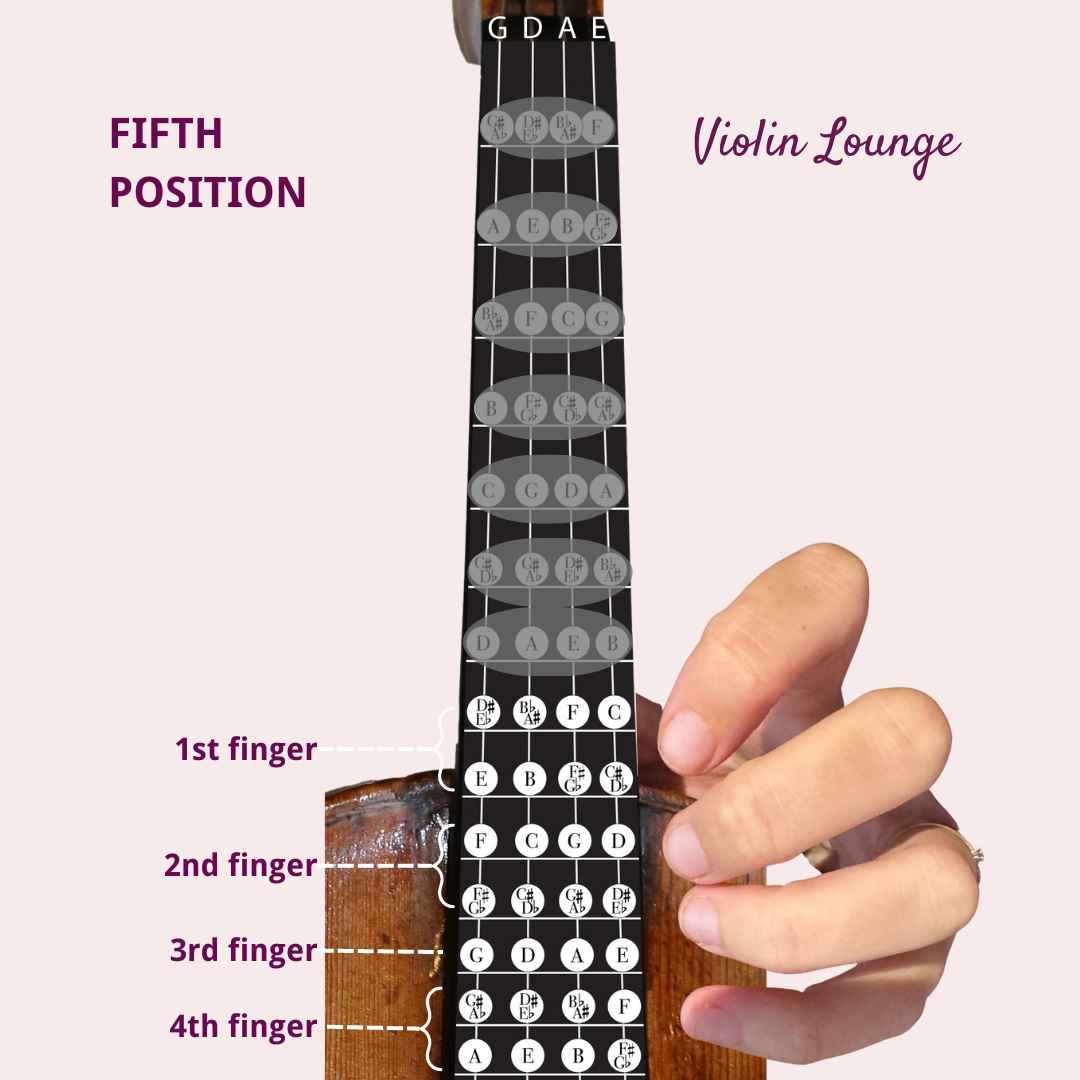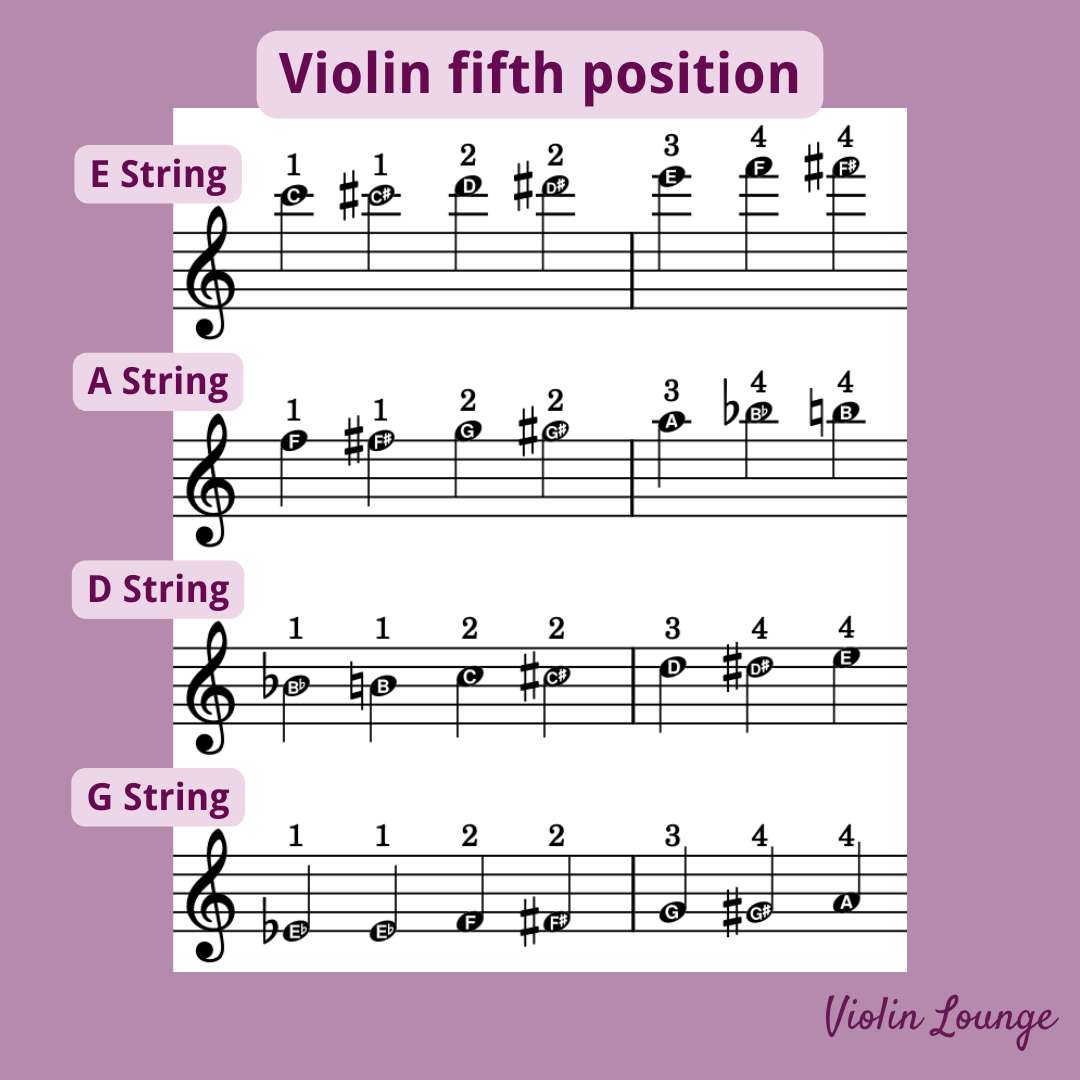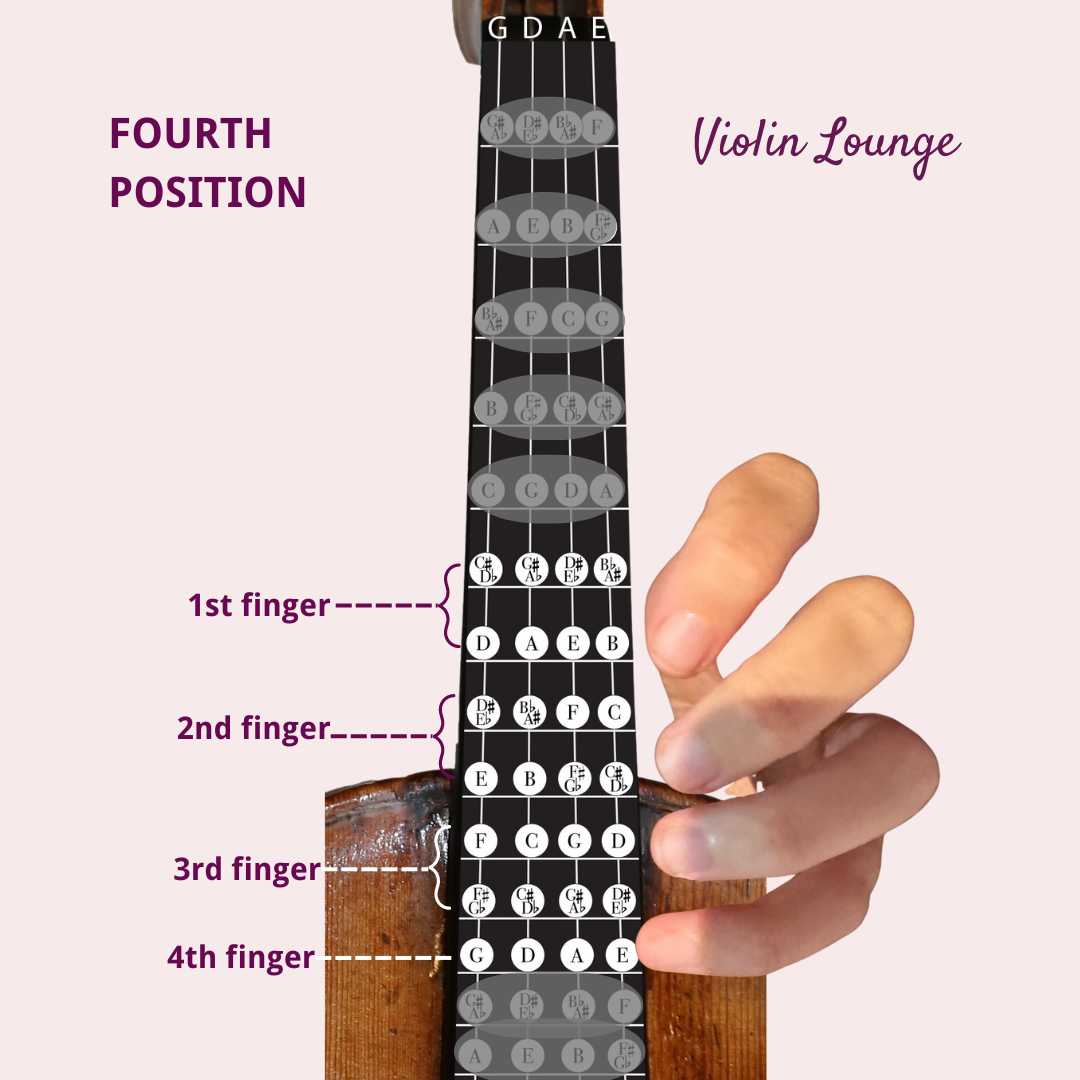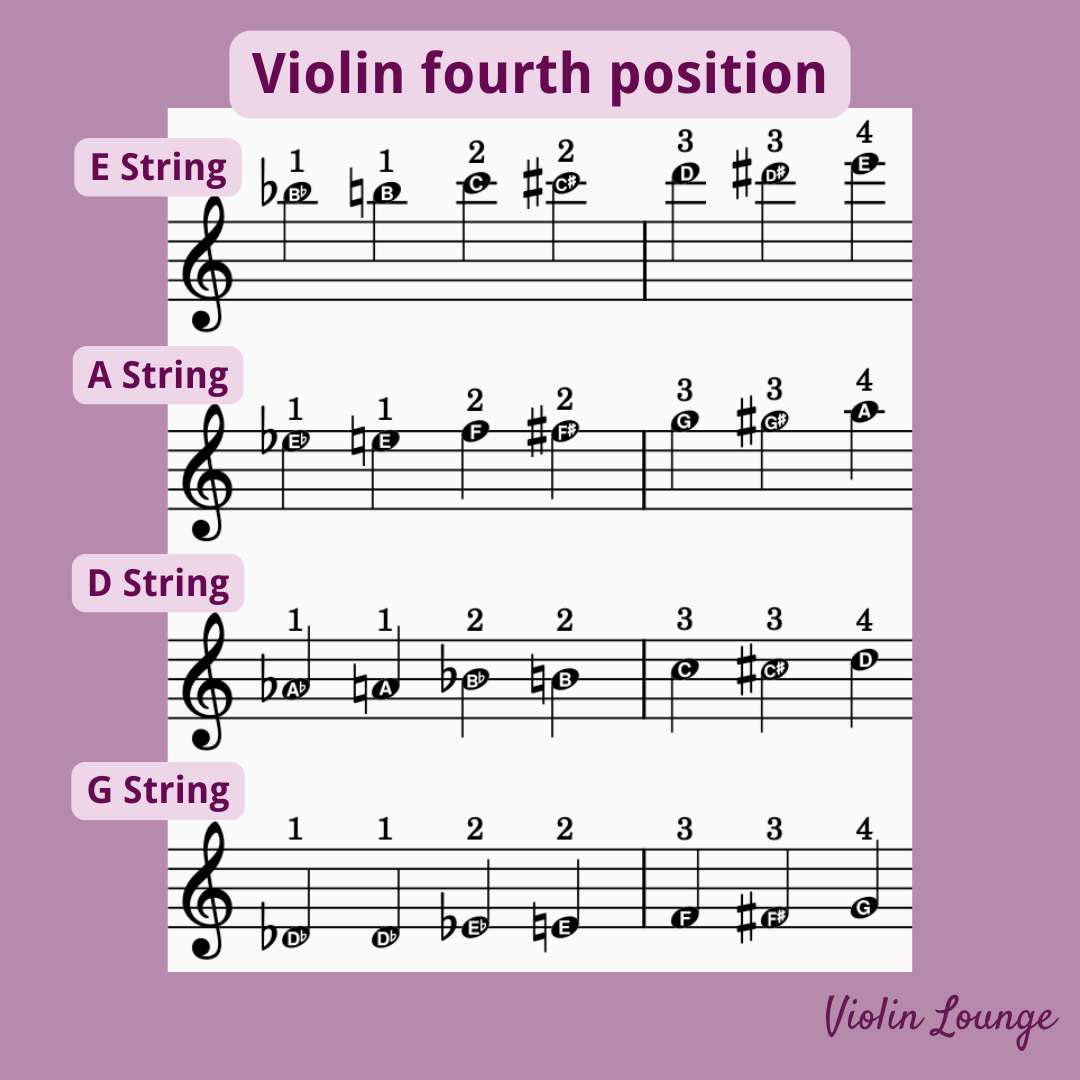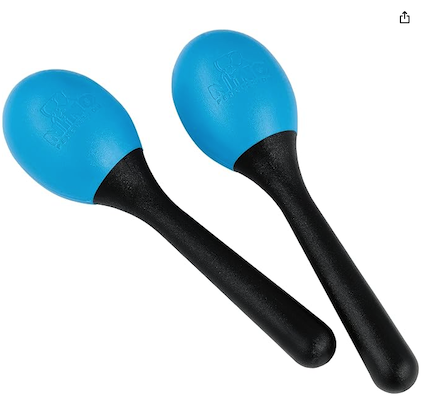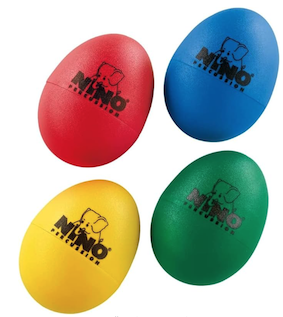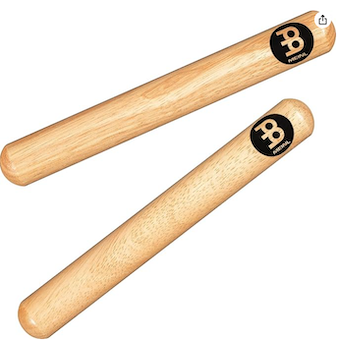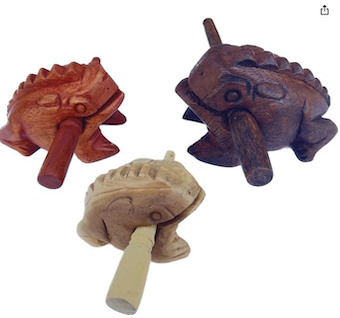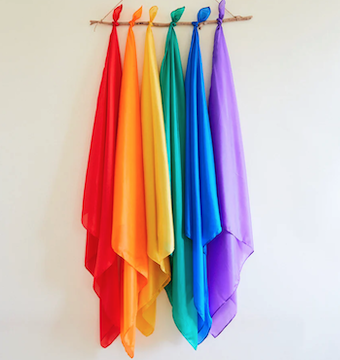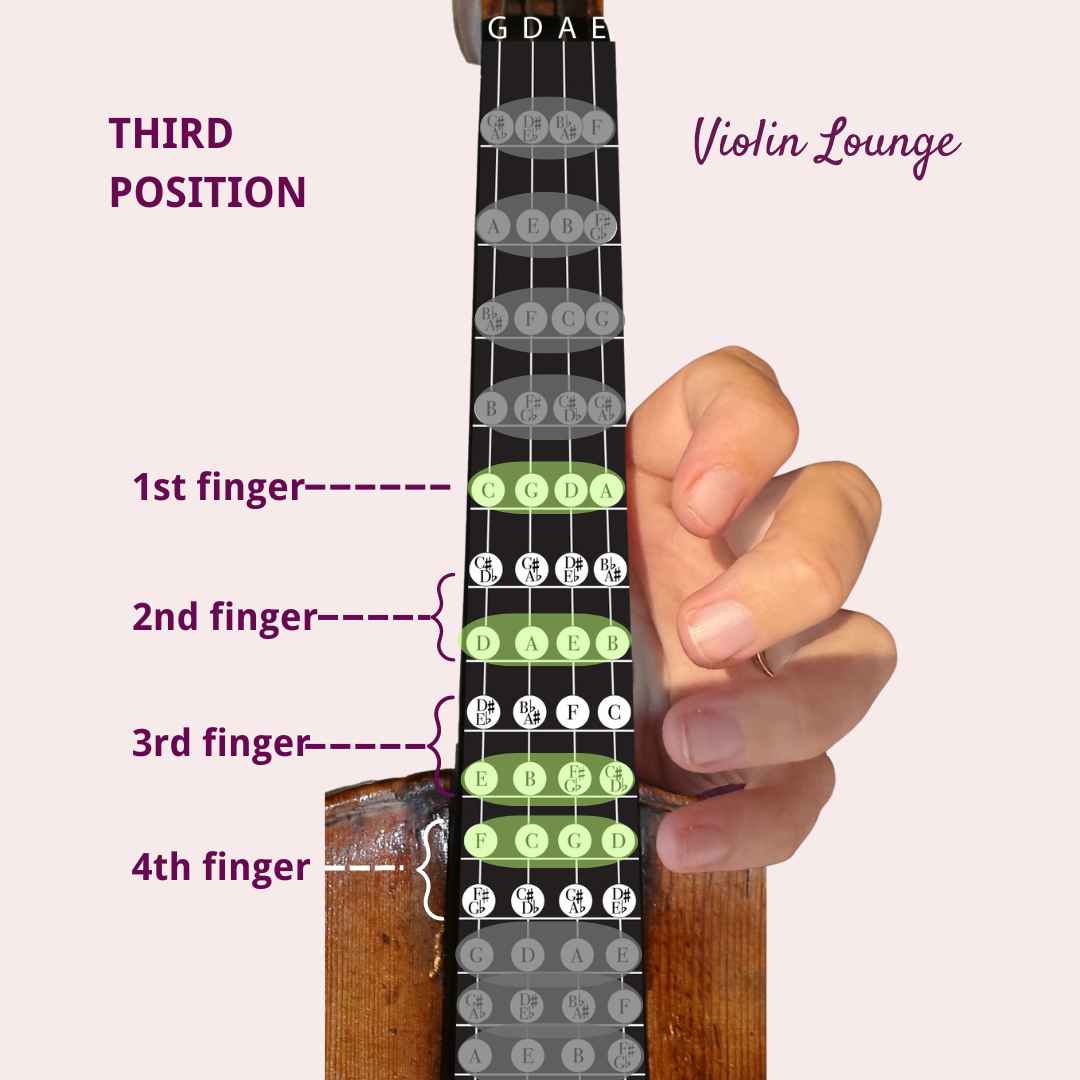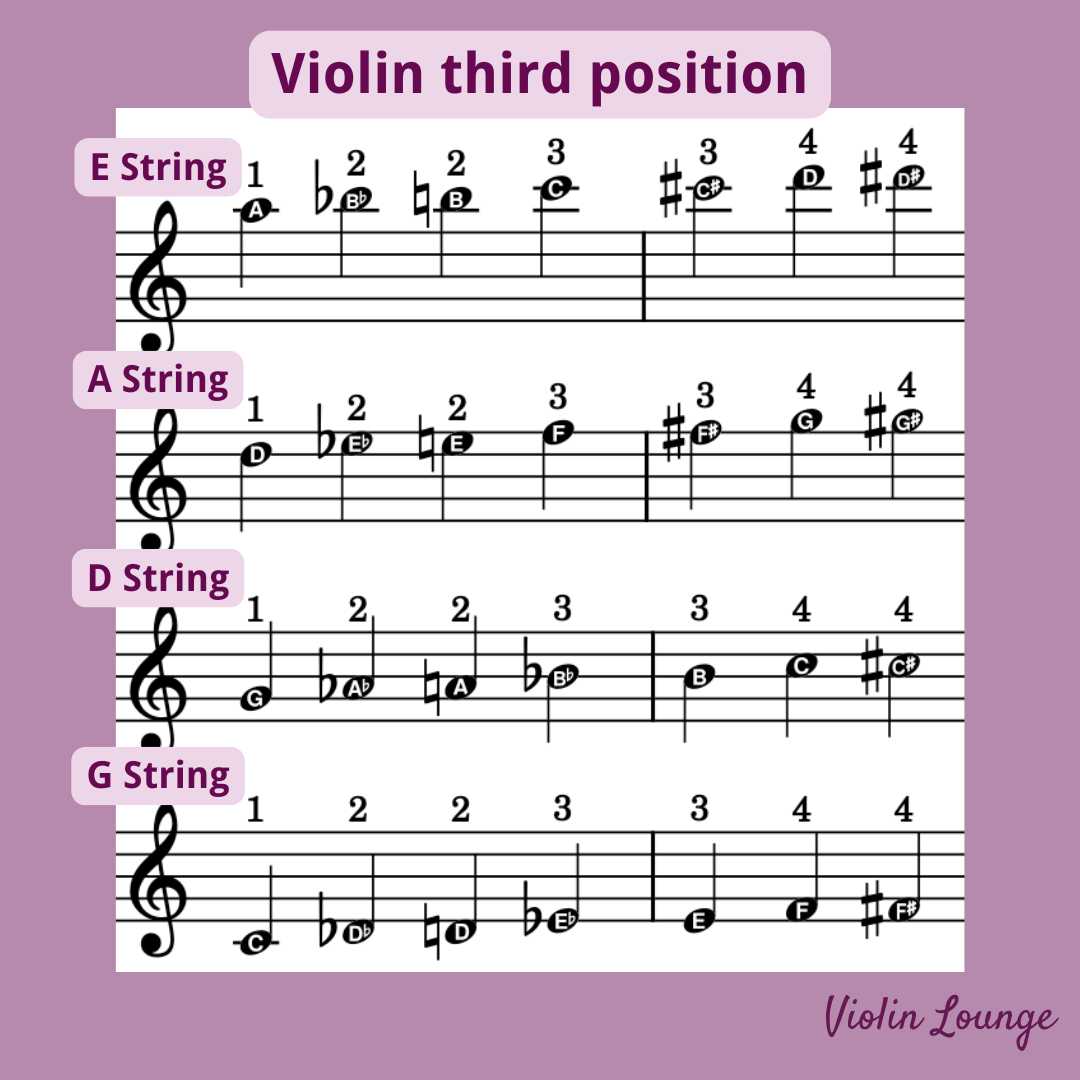Violin Sixth Position – all notes, finger chart and exercises
Learn to play the sixth position on the violin with sheet music, finger chart, exercises and music examples
Finding Sixth Position
Sixth position can be difficult to find, because it is in between fifth and seventh which are more common. This means it is slightly higher than the purfling (the edge of the violin body), but slightly lower than the midpoint harmonic, where seventh is.
A good way to find where sixth position should go is to start in third position, put down fourth finger, then shift to where fourth position is.
Finger Chart of Sixth Position
Here is a visual for which notes are in sixth position:
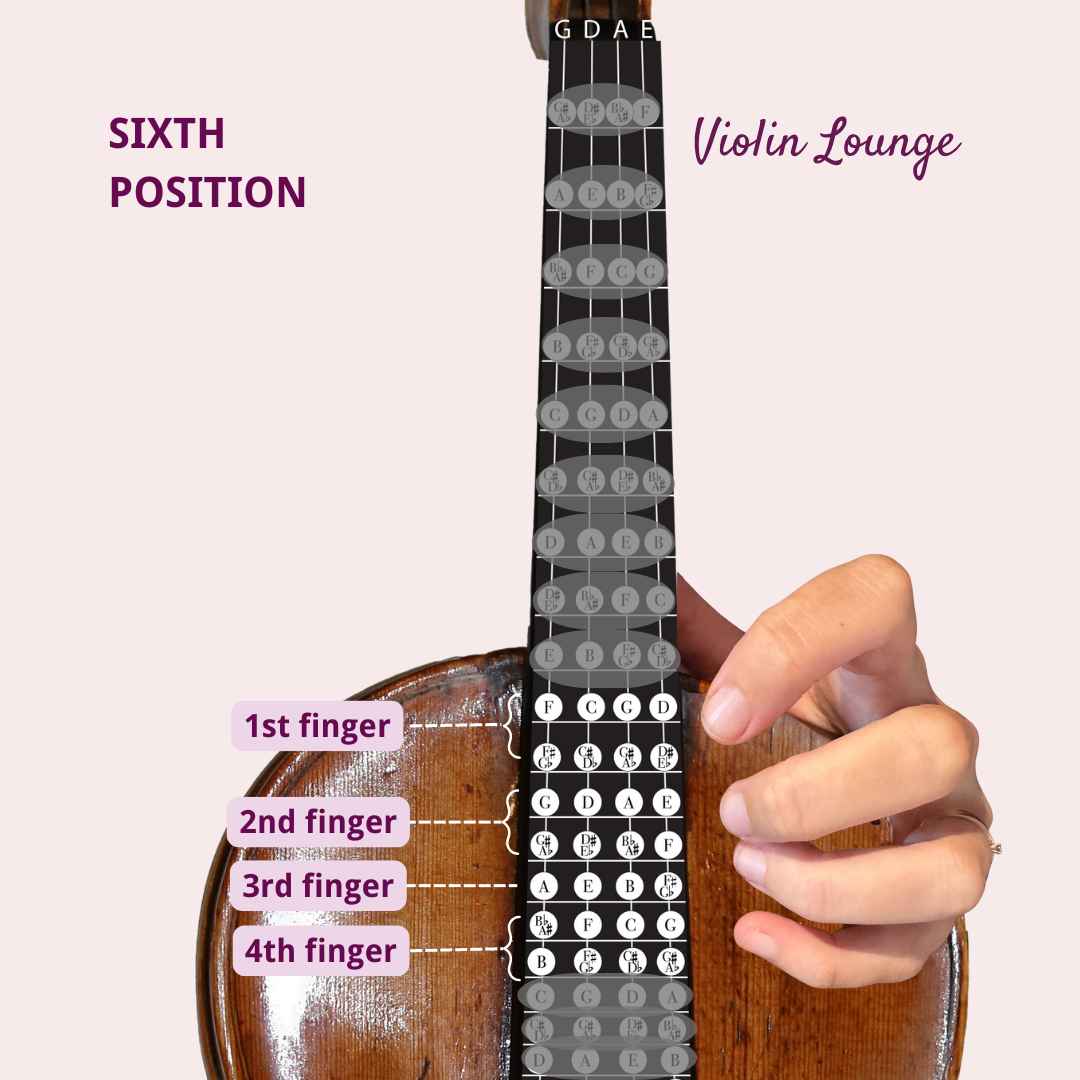
Notes in Sixth Position
The full chromatic range of notes you can play in sixth position is as follows:
G string: F, F#/G♭, G, G#/A♭, A, A#/B♭, B
D string: C, C#/D♭, D, D#/E♭, E, F, F#/G♭
A string: G, G#/A♭, A, A#/B♭, B, C, C#/D♭
E string: D, D#/E♭, E, F, F#/G♭, G, G#/A♭
Sheet music of the sixth position
This is what the sixth position notes look like in violin sheet music. I’ve chosen between notes that are enharmonically the same. Of course if a F# is possible, a Gb is possible too (also see the finger chart above).
You see that I chose different fingering for the G and D and the A and E strings. When playing a piece this depends on the musical context and the same note could be played by the second or third finger.
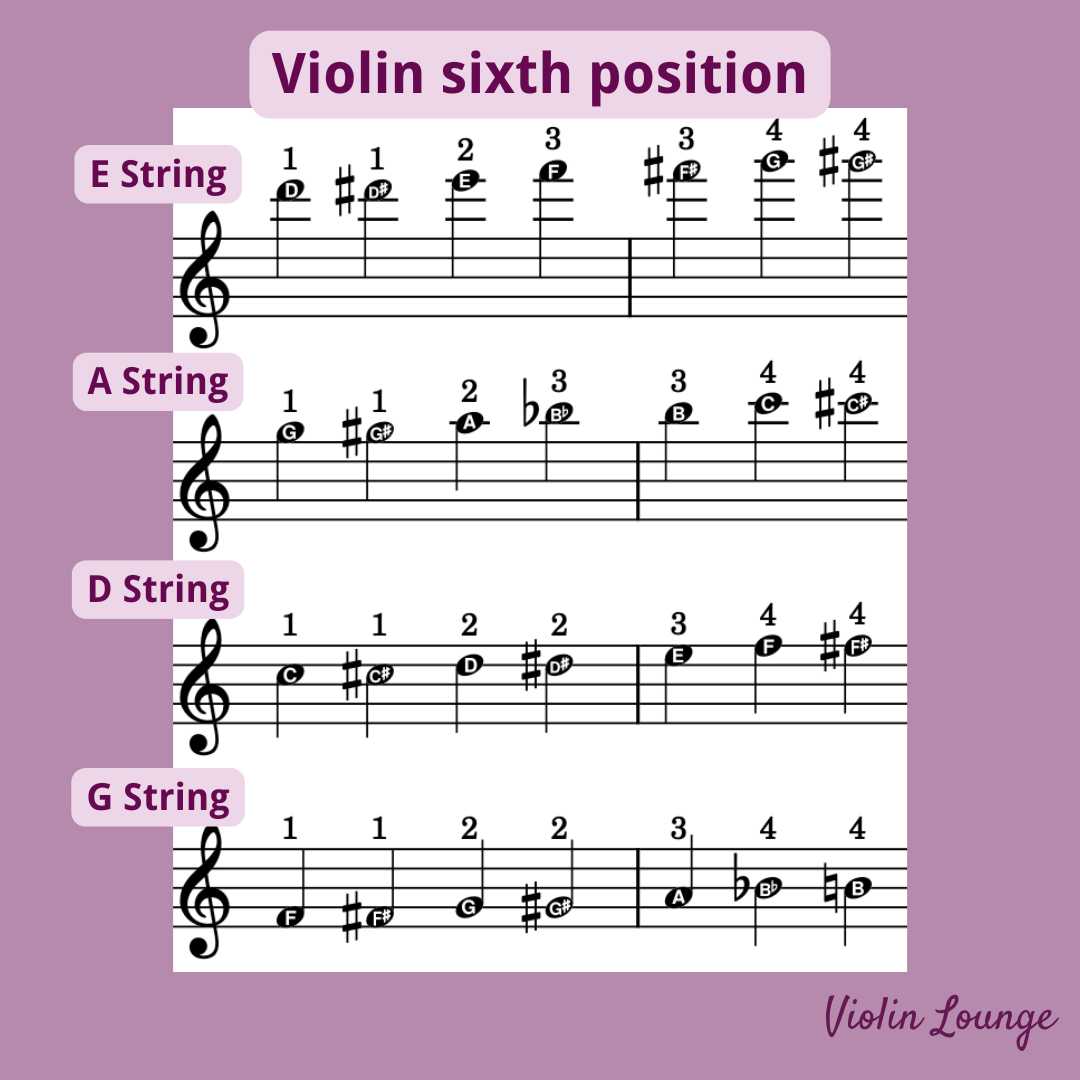
Example of Sixth Position
Sixth is more of an “in between” position, meaning there are not many example of long runs in sixth position unless they can’t be played more comfortably in fifth or seventh. Here is one short example of sixth position from Lalo’s Symphonie Espagnole. Mvmt. 4. The three dramatic E natural trills, leading into the giant sliding run down the E string, are in sixth position. Start the video at 3:35.
In the video below you can see it at 23:20
Sixth Position in Sheet Music
Here some good books and pieces to get practice in sixth position:
- Introducing the Positions, Vol. 2 by Harvey S. Whistler
- Changes of Position and Preparatory Scale Studies by Sevcik
- Symphonie Espagnole by Lalo, (especially fourth mvmt)
How to Learn Sixth Position
Sixth position can feel awkward at first. As with the other higher positions, practice by building first on the lower positions you have learned. Play scales on each string moving up through the positions. With a metronome, practice slowly sliding each finger from first position to its sixth position note. Practice repeating patterns in sixth position to get comfortable putting fingers down in tune. You could even do this with a tuner. The exercise books listed above will help you find structured etudes to gain confidence in sixth position.

